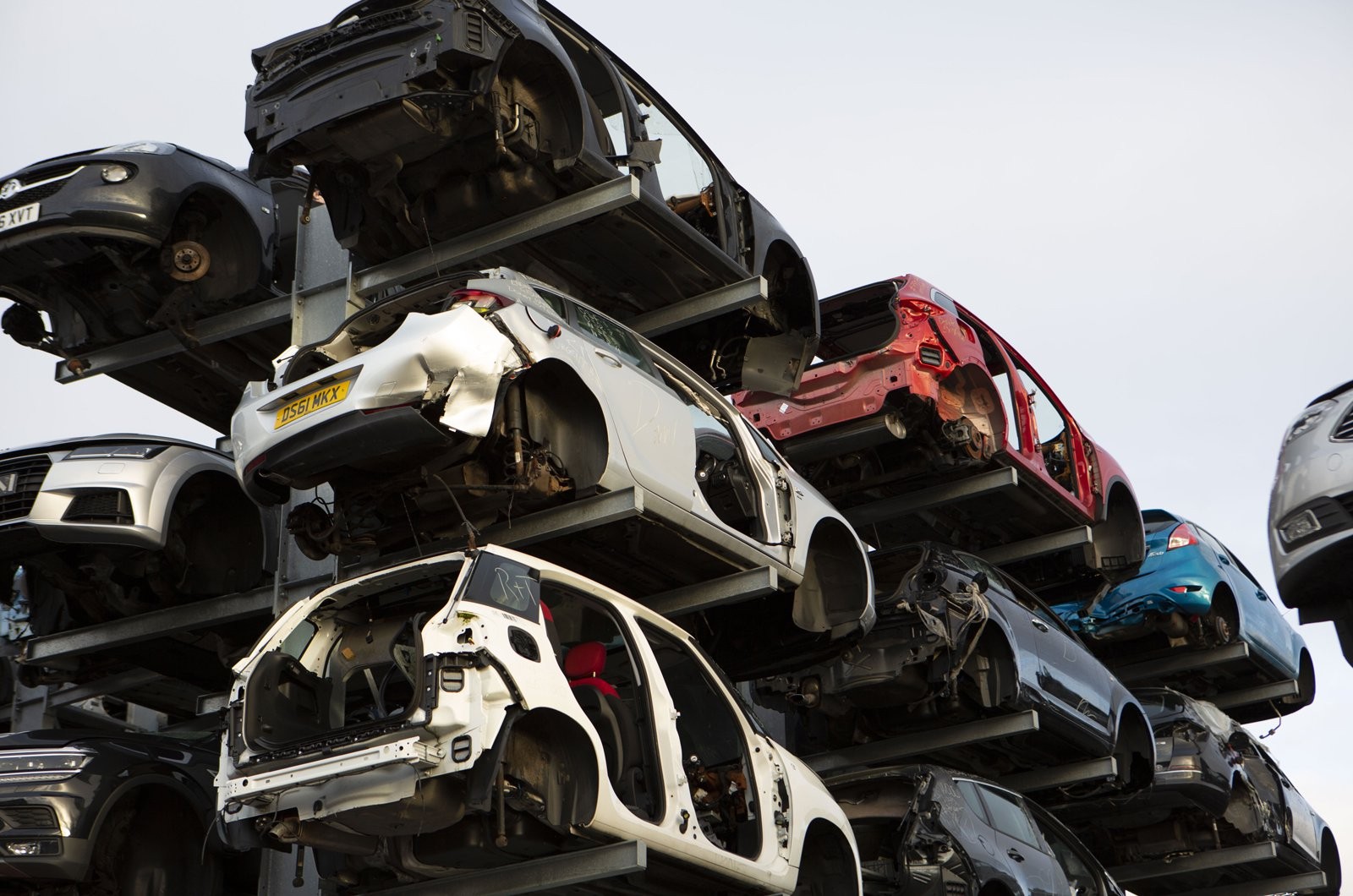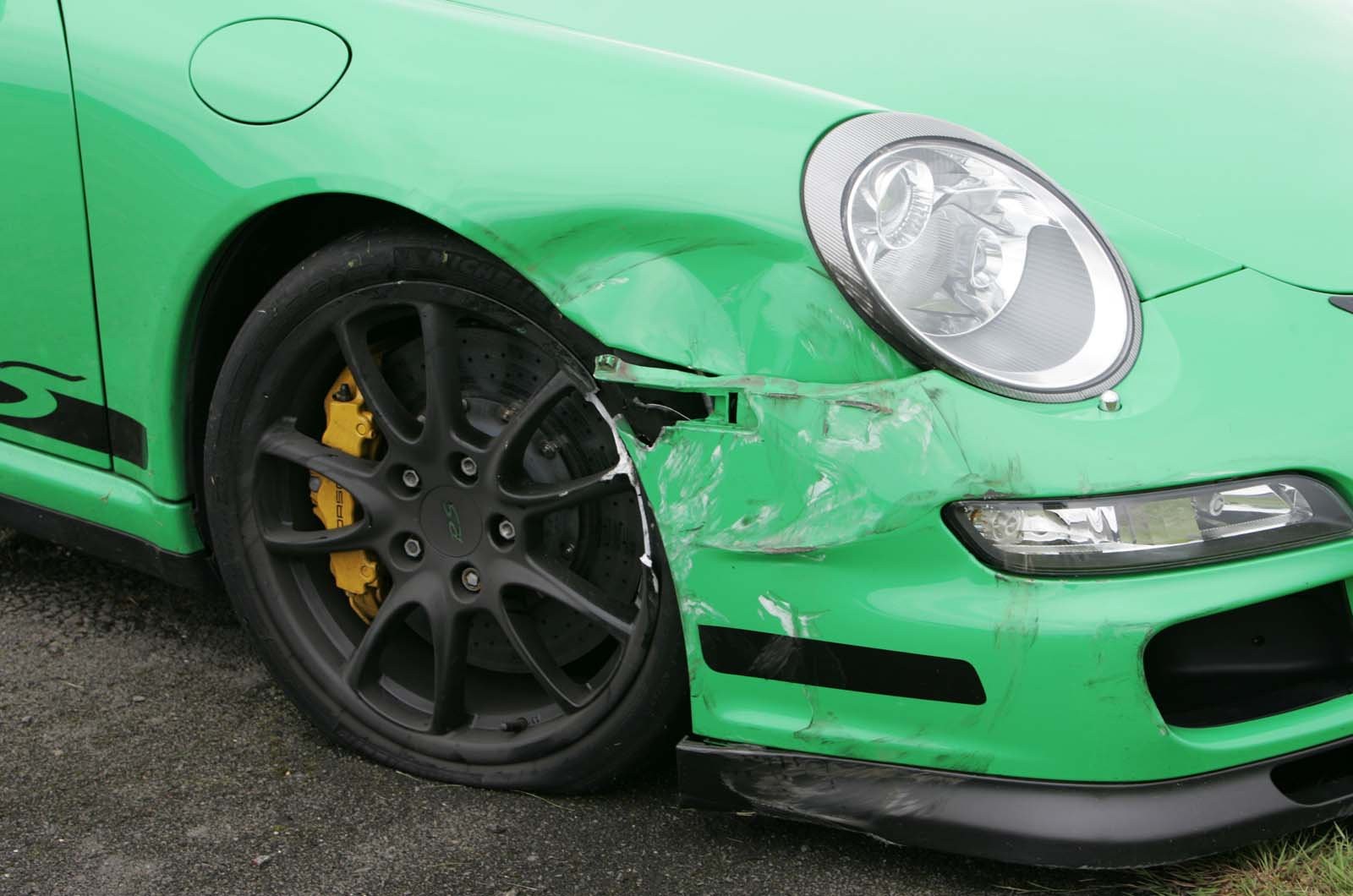When considering purchasing a used car, it’s crucial to understand the history of the vehicle. Among the various factors to consider, whether a car has been categorized as a write-off is paramount. Write-off categories exist to classify vehicles based on the severity of damage they have sustained, impacting their safety and roadworthiness. While some written-off cars end up in scrapyards, others, particularly those with less severe damage, can be repaired and legally resold. These categories are essential for transparency in the used car market, ensuring buyers are fully informed about a vehicle’s past.
Understanding Car Write-Off Categories
Vehicle write-off categories are primarily divided based on the type and extent of damage. In the UK, categories are used to classify vehicles that insurance companies have deemed uneconomical to repair relative to their market value. Two key categories you’ll encounter are Cat N and Cat S, both indicating repairable vehicles but with different levels of damage. It’s important to note that a reputable seller should disclose a vehicle’s write-off category in any advertisement. If this information isn’t readily available, a vehicle history check is strongly advised to uncover this crucial detail.
Cat N: Non-Structural Damage
Cat N, previously known as Category D, signifies ‘Non-Structural Damage’. Cars in this category have been involved in an accident but have not sustained damage to their structural frame or chassis. The damage is classified as non-structural, meaning it hasn’t compromised the car’s fundamental integrity. This could encompass cosmetic damage like dents to body panels, bumper damage, or issues with electrics or mechanics that are costly to repair but don’t affect the car’s core structure.
 Various car bodies stacked in a scrapyard, representing different categories of damaged vehicles.
Various car bodies stacked in a scrapyard, representing different categories of damaged vehicles.
While a Cat N car’s structural integrity remains intact, it’s important to understand that it might not be roadworthy immediately after the incident. Essential safety components, such as brakes, steering, or suspension parts, could require replacement. Although the DVLA (Driver and Vehicle Licensing Agency) is notified when a car is designated as Cat N, this information isn’t always explicitly stated in the car’s registration document (logbook). Therefore, a comprehensive history check is vital to ascertain if a car has been categorized as Cat N.
Cat S: Structural Damage
Cat S, formerly known as Category C, stands for ‘Structural Damage’. This category indicates more severe damage than Cat N. Vehicles classified as Cat S have suffered damage to their structural frame or chassis. Despite this structural damage, these cars are still deemed repairable and can be legally returned to the road after professional repairs and inspections.
 Image of a damaged Porsche 997 GT3 RS, an example of a Cat N write-off due to non-structural damage, highlighting different categories of car accidents.
Image of a damaged Porsche 997 GT3 RS, an example of a Cat N write-off due to non-structural damage, highlighting different categories of car accidents.
Conclusion
Understanding the Different Categories Of Cars, especially write-off categories like Cat N and Cat S, is essential for making informed decisions in the used car market. Being aware of these classifications empowers buyers to assess the potential risks and make choices that align with their needs and budget. Always prioritize thorough vehicle history checks and inspections when considering a used vehicle, particularly one that might have been previously categorized as a write-off. This knowledge is crucial for ensuring safety and avoiding potential future issues.